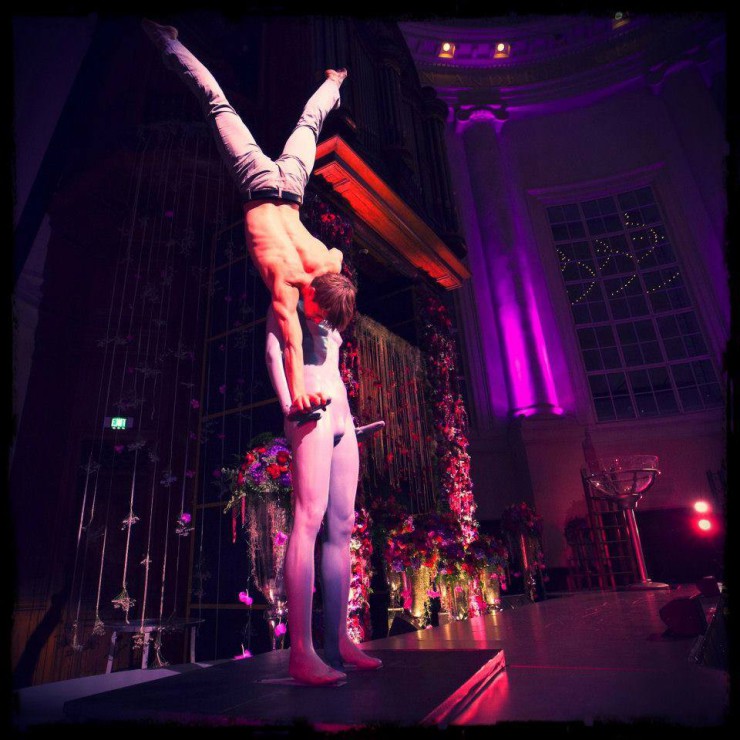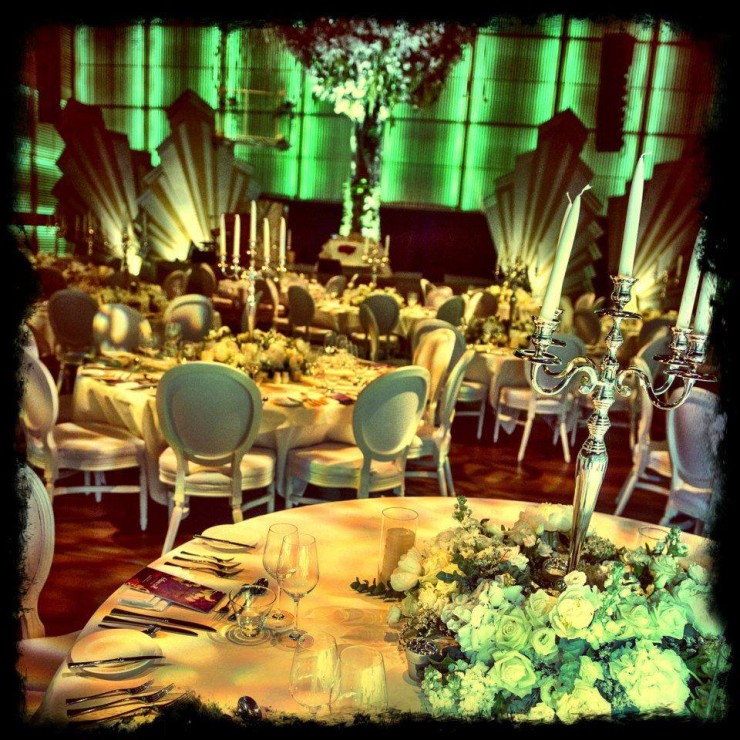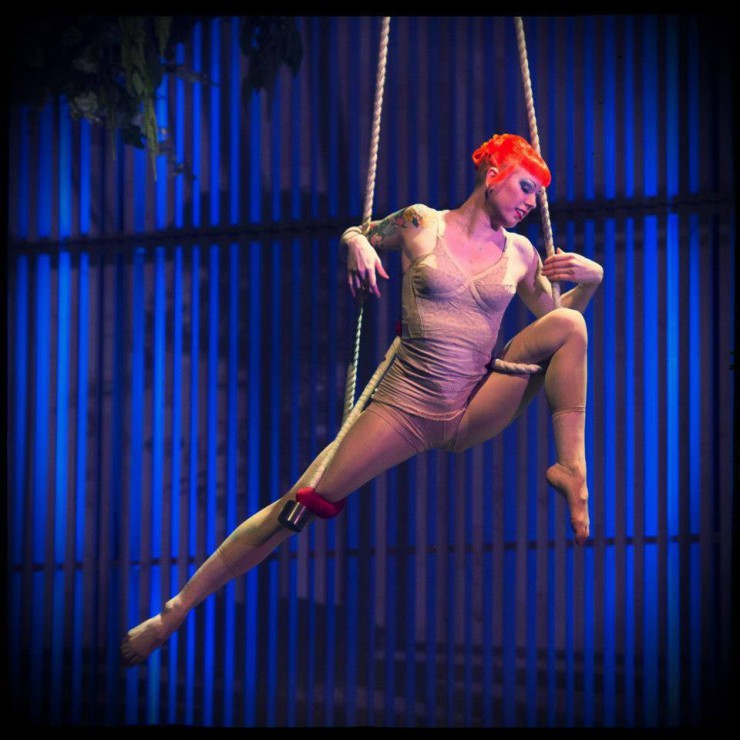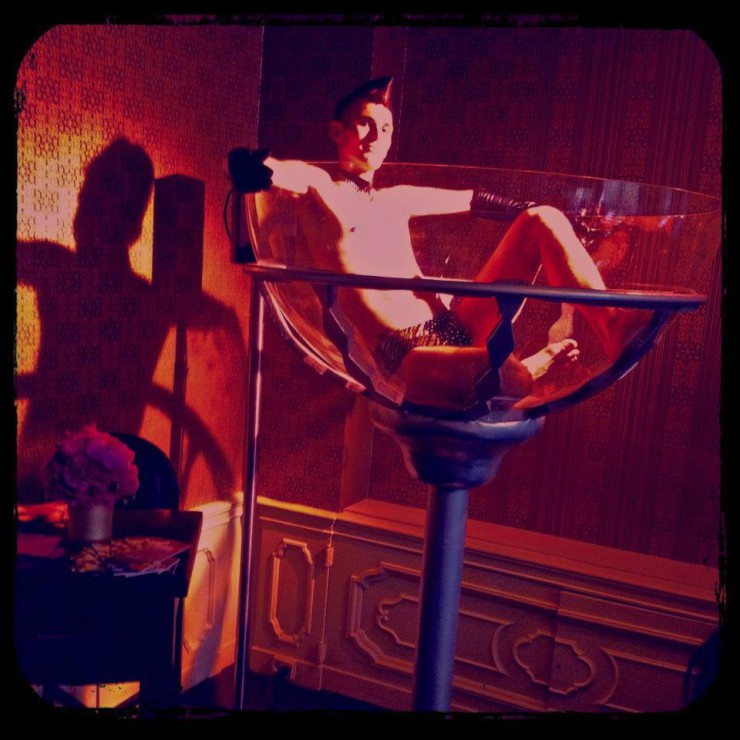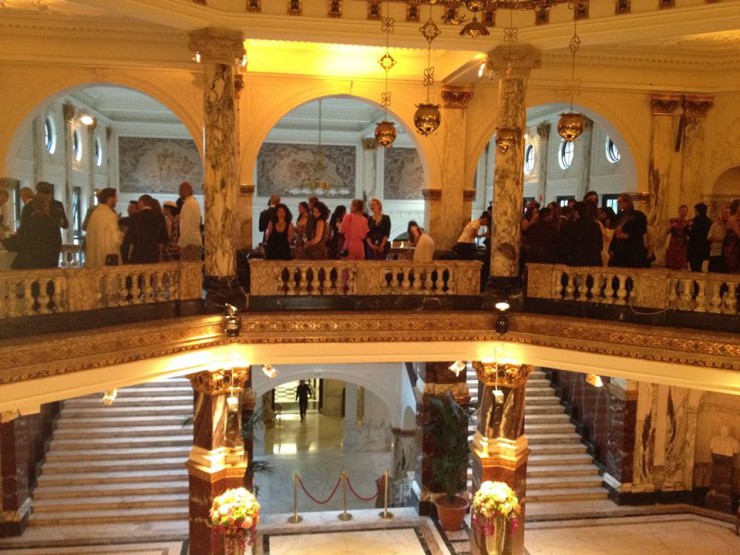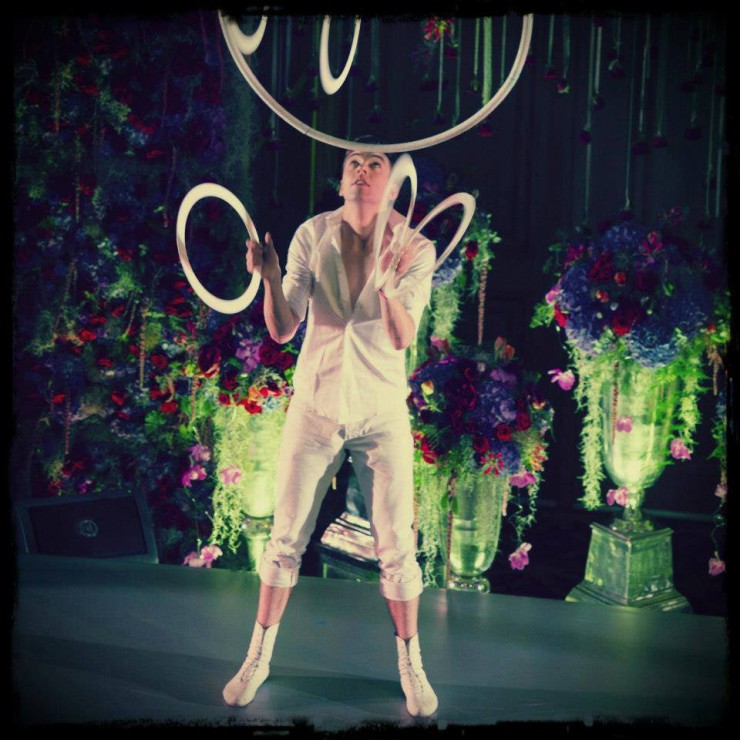Ben Ratcliffe is an experienced teacher, tutor and lecturer. His field is lighting design, which he has studied and taught for over 20 years. During his work on setting up a Theatre Co-operative and being the director of a Youth Theatre, he explored the process of creativity within an educational and managerial context. He works collaboratively, believing in synergy rather than compromise and brings lighting design to the level of narrative, scenography and performance that traditionally has been held by text, space and actor.
What was your first contact with theatre?
School, parents- I can’t remember.
When did you get the idea to work in the theatre area?
It was always a factor in my life, even when I was encouraged to do sensible jobs by my teachers and parents!
And about light design, what was your first experience?
Designing for Half Moon Young Peoples Theatre in London- being handed the back of an envelope and a pencil and told: ‘You do this one’.
Could you give 5 words, which are the essence of light design for you?
Observation, engagement, context, balance, communication.
Later you started to teach light design, what is the principle of your method?
Experiment and reflection. Understanding of the aim of the work and of the context: audience is everything.
What is the best way to teach lighting design?
Broad humanistic education covering science and humanities, constantly coming back to light and how we are engaged in it. A small scale experiment then large scale application, repeated. Having people examine reductively and demonstrate holistically. Looking at each tool in the designer’s toolbox then understanding why they are used.
How do you combine your both experiences: as a lighting designer/lecturer and acting trainer? Is it an advantage for you?
The motive for action of both designer and actor comes from the same point: an honest and clear engagement synergy between artist and craft. The relationship between physical and luminous performance is constant when experienced by an audience.
What are you working on in the present time?
A workshop exploring stories, memories and spaces.
What do you expect in near future?
To develop connections with the mainland European models of lighting design.
What is your favorite space to work with / in?
Black box gives a blank canvas; proscenium arch gives a connection with the infinite; a found space gives synergy.
Do you have some favorite sources of light? What sources do you use at home?
Tungsten is full of archaic resonance and relates to our organism. Day/Night light is full of change and wide spectral texture.
What do you thing about reactive / interactive lighting in daily use (home, public space…)
The future is in controlling the light. Constant light is very young and we are still in childish awe of it.
Are you fond of new technologies in lighting? How do you follow them?
New technologies are about how and why we use things, not what new things we can manufacture. My work brings me into constant contact with new and established designers and the industries furnishing them with their tools.
What do you think about the statement: “Lighting = Video, Video = Lighting”?
Costume=Curtains, Curtains=Costumes. Just because they use the same matter, it doesn´t mean that they are the same thing. They creativity from the contact between these two should be more important than the ease of putting them together.
What is your opinion on politics of tungsten bulbs in EU?
It is a smokescreen to sell more products – industry led Fascism. Better use of light, both natural and artificial, will save more resources than inventing new sources.
Would you be able to describe your “handwriting” in lighting design?
Synergy and detail flowing through time.

